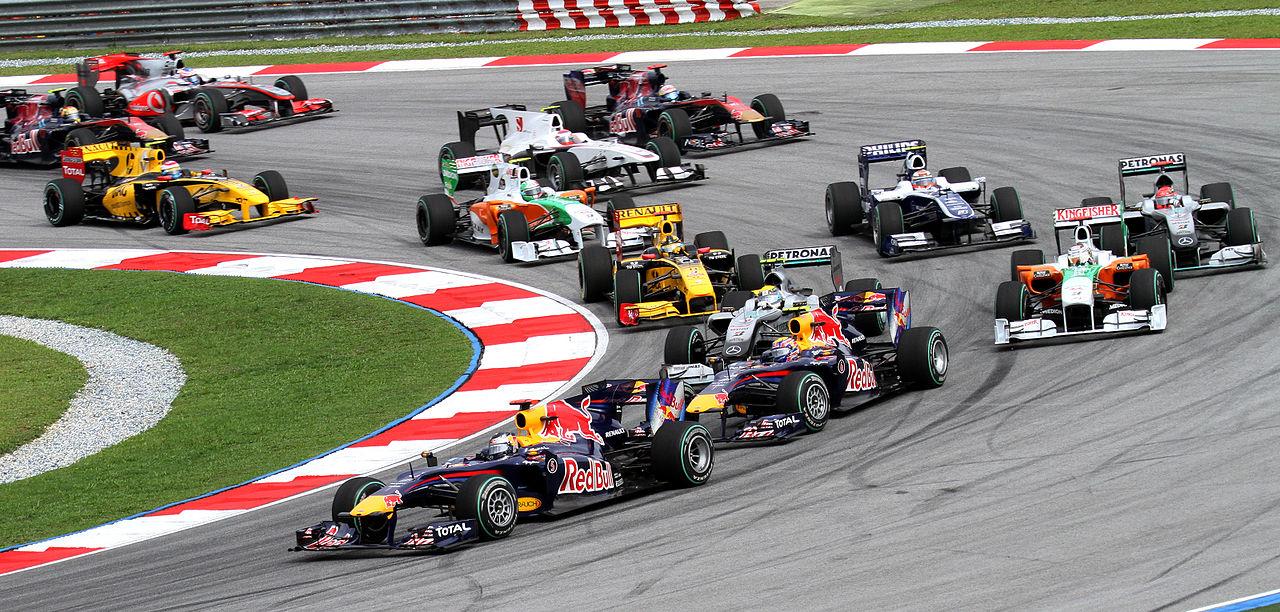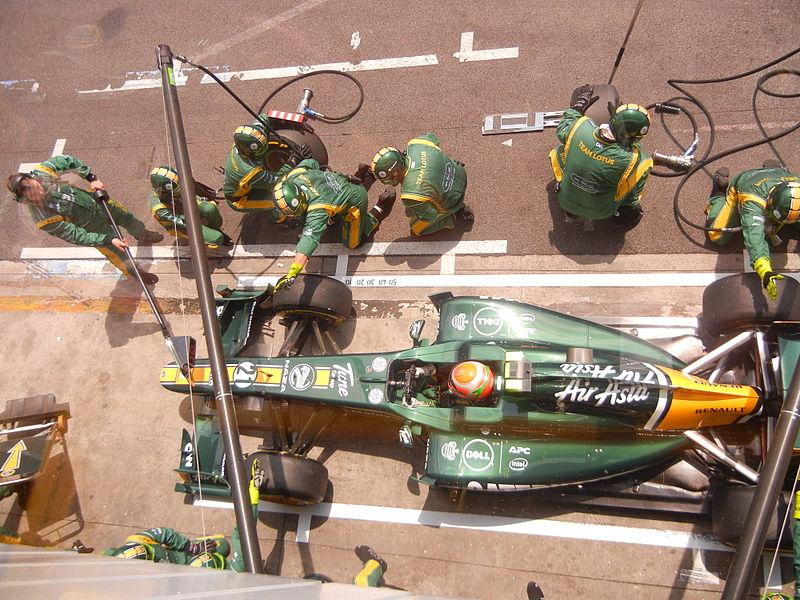How can’t you love Formula One Racing? Even if you aren’t a racing fan, to watch these single seated cars speed around a track  together at speeds in excess of 200 mph can simply be mesmerizing.
together at speeds in excess of 200 mph can simply be mesmerizing.
At 200 mph there are bound to be problems with individual vehicles. Whether it’s a mechanical issue, or an issue that arises due to a minor accident, hundredths of seconds count during a race. This is why the individuals working behind the scenes for teams like Red Bull Racing, need to stay on top of the latest technology available; technology which could potentially cut just fractions of a second off of their drivers’ race times, following an accident or mechanical issue. At the same time, this could be the difference between winning a race, or not even placing.
Could 3D printing play a major role in the repair of vehicles during a typical Formula One race? Red Bull Racing certainly believes so.
“3D printing is definitely the future of F1,” an official Red Bull Racing spokesperson told TrustedReviews.com. “We could get to a point where we can print out a new front wing at the track if we’ve damaged one.”
It may sound like science fiction, a race team printing out replacement parts for their vehicles on the fly, to allow their car to continue racing at its top level of performance, but in fact Red Bull Racing is already using 3D printing in a significant way for the development of their cars. Red Bull Racing isn’t actually printing out their cars, or even actual race day parts for them, however, they are using 3D printing in a huge way for 3D test parts which are used on a 60-percent test version of their cars. The test cars act as models for aerodynamics, and 3D printing is saving the company a bundle of money over traditional forms of manufacturing.
Instead of having to build test cars out of expensive carbon fiber, they can print out many of their parts using resin and powder based 3D printers. The team does see a future, not too far away, where the material science behind 3D printing will improve, allowing for parts, which can stand up to the beating that a major race can dish out, to be printed relatively cheap.
Whether it is 3-4 years or 9-10 years from now, there will be a future, fairly soon where Team Red Bull, as well as other Formula One race teams have 3D printers set up track side, able to print out parts as needed during a race. When that time comes the technology available to each team, and their ability to use it, will play just as important a role in each race as the drivers and the mechanics have in the past.
When do you think that actual 3D printed parts will be utilized within an F1 race? When will track side 3D printers be used as an instant part generator for repairs? Will you be more or less interested in Formula One should these technological advancements make their way into the sport? Let us know in the 3D printing and Formula One forum thread on 3DPB.com
 [Source: TrustedReviews.com]
[Source: TrustedReviews.com]
Subscribe to Our Email Newsletter
Stay up-to-date on all the latest news from the 3D printing industry and receive information and offers from third party vendors.
You May Also Like
Precision at the Microscale: UK Researchers Advance Medical Devices with BMF’s 3D Printing Tech
University of Nottingham researchers are using Boston Micro Fabrication‘s (BMF) 3D printing technology to develop medical devices that improve compatibility with human tissue. Funded by a UK grant, this project...
3D Printing Webinar and Event Roundup: April 21, 2024
It’s another busy week of webinars and events, starting with Hannover Messe in Germany and continuing with Metalcasting Congress, Chinaplas, TechBlick’s Innovation Festival, and more. Stratasys continues its advanced training...
3D Printing Webinar and Event Roundup: March 17, 2024
It’s another busy week of webinars and events, including SALMED 2024 and AM Forum in Berlin. Stratasys continues its in-person training and is offering two webinars, ASTM is holding a...
3D Printed Micro Antenna is 15% Smaller and 6X Lighter
Horizon Microtechnologies has achieved success in creating a high-frequency D-Band horn antenna through micro 3D printing. However, this achievement did not rely solely on 3D printing; it involved a combination...































